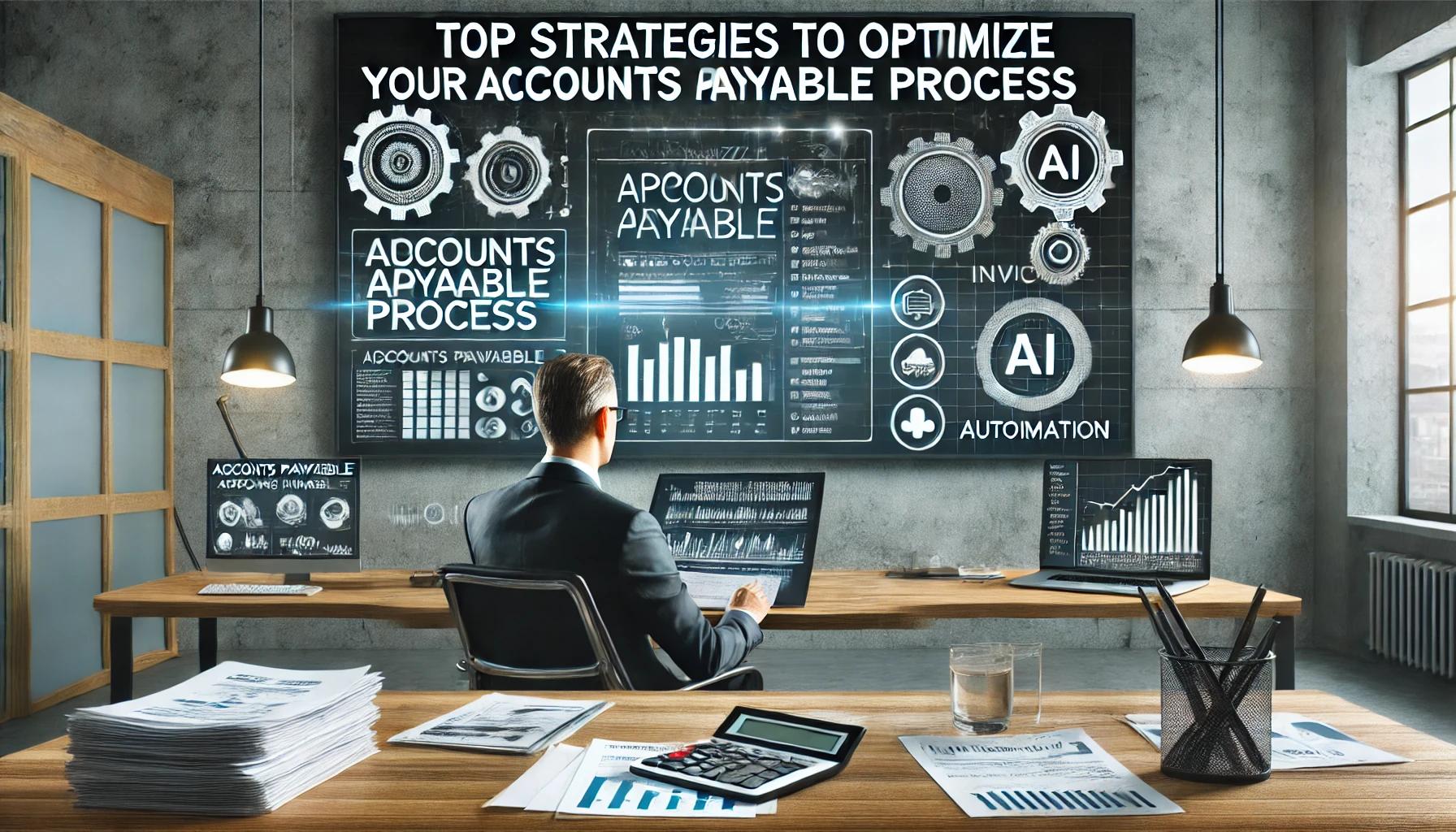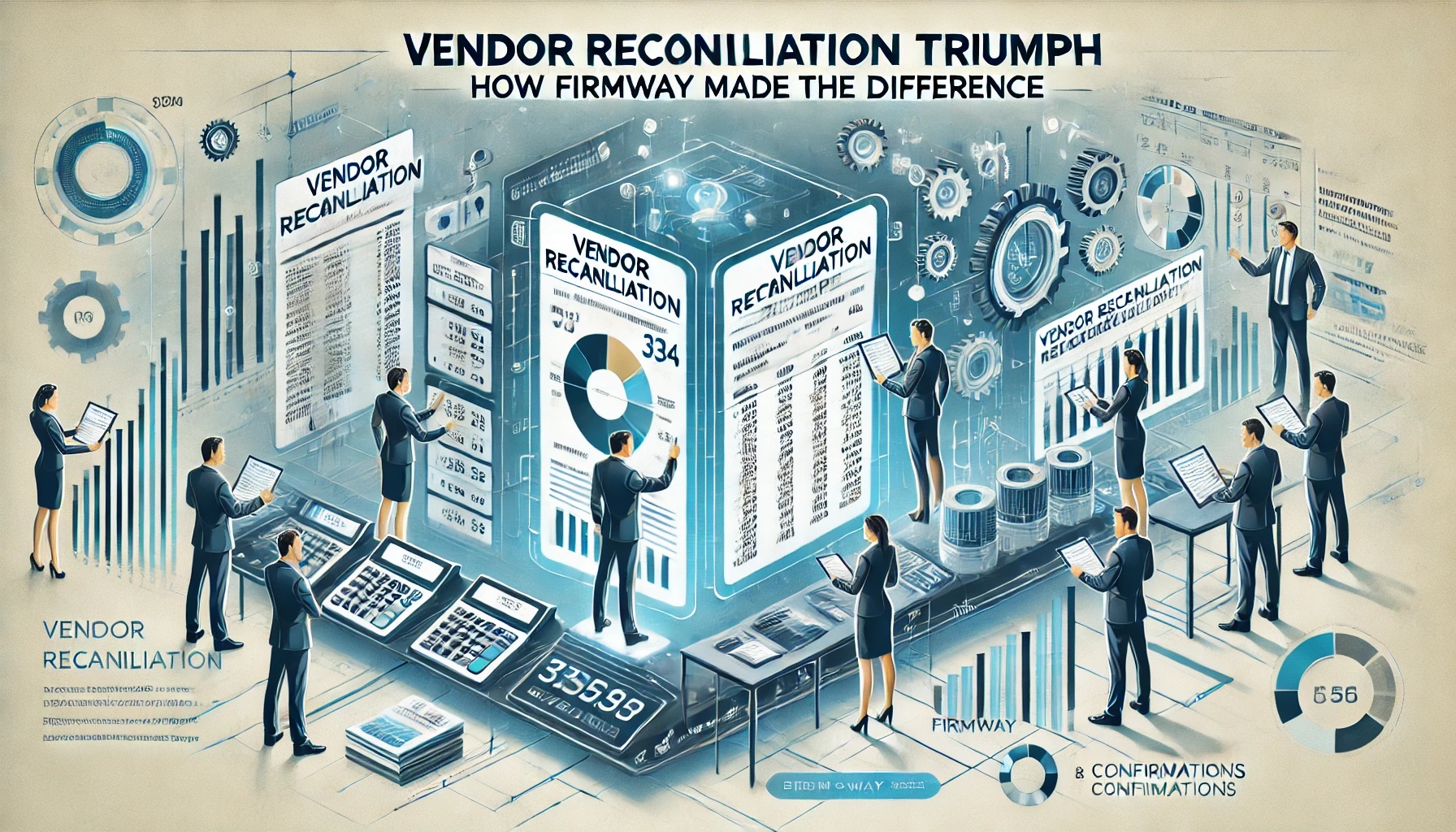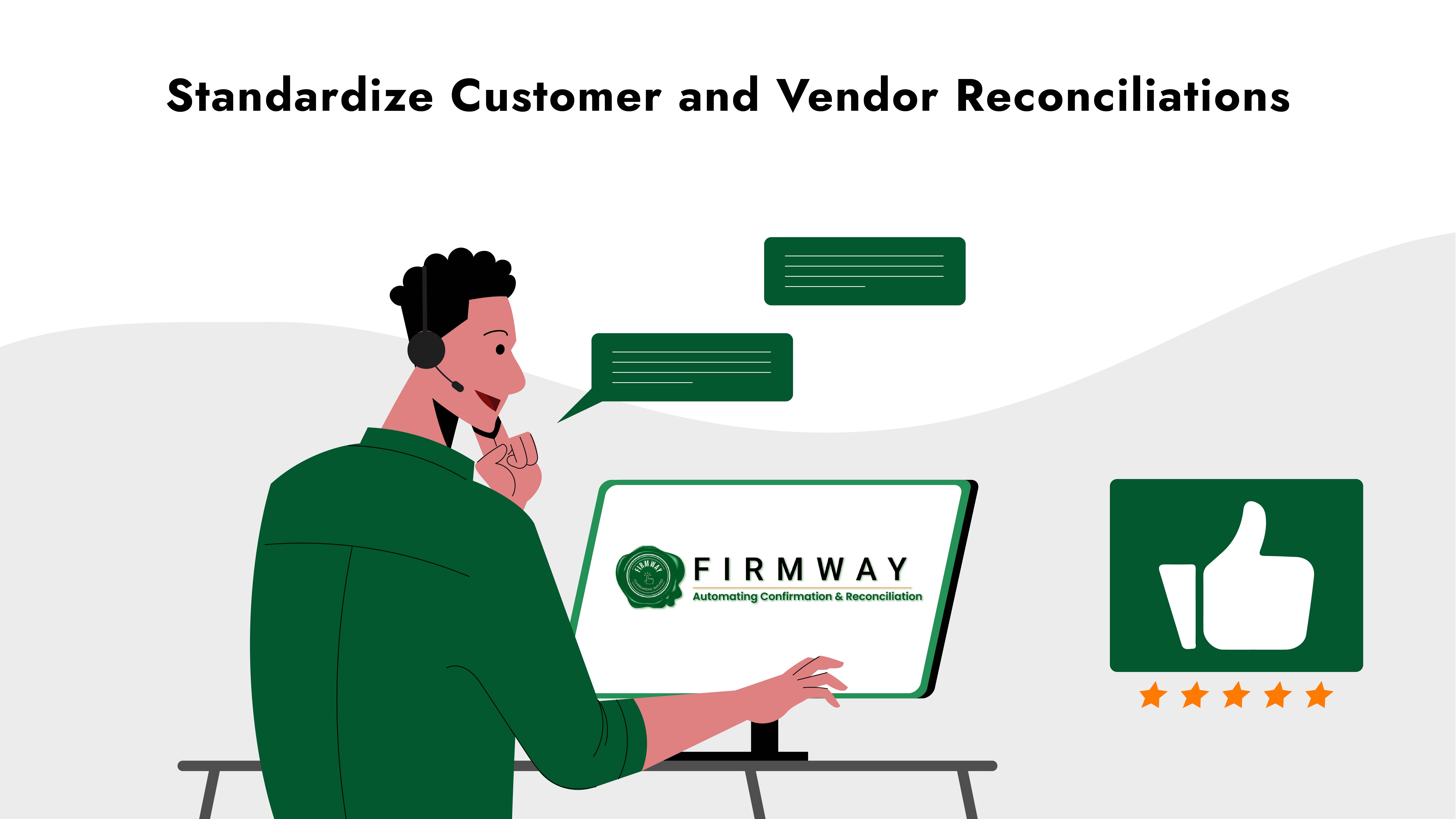Top Strategies to Optimize Your Accounts Payable Process
The accounts payable (AP) process plays a pivotal role in maintaining healthy cash flows and nurturing robust vendor relationships. However, the AP process is not without its challenges. Issues such as missing purchase orders for invoices or overlooked late payment notices can disrupt the smooth functioning of this essential function.
To circumvent these obstacles and enhance efficiency, businesses must adopt a set of best practices designed to streamline the AP process. From negotiating favorable payment terms to prioritizing critical invoices and embracing automation, several strategies can significantly improve the management of accounts payable.
Continue reading to discover the top five strategies for optimizing your accounts payable process and ensuring your business remains financially sound and vendor relationships strong.
1. Implement Automation in Accounts Payable Workflows
In India, where the business landscape is rapidly digitizing, automating accounts payable workflows is crucial. Manual handling of accounts can lead to errors such as incorrect data entries, repeated payments, and payment delays. Automation not only enhances the accuracy and efficiency of processes like invoice handling, vendor management, and purchase order matching but also significantly cuts costs over time. Moreover, it provides valuable insights through digital tracking and analysis of performance metrics.
Key Accounts Payable processes you can automate:
- Invoice processing
- Data validation
- Vendor management
- Vendor payments
- Purchase order matching
2. Organize and Prioritize Invoice Payments
Effective management of invoices is central to the operational efficiency of any enterprise. Instead of paying invoices as they arrive, companies should prioritize payments based on due dates and payment terms to optimize cash flow. Regular analysis of accounts payable aging data can help in determining payment priorities, ensuring timely handling of financial obligations.
3. Strengthen Vendor Relationships
Evaluating and improving relationships with vendors can lead to more favorable payment terms. Identify key suppliers where payment practices could be improved—particularly those that have experienced delayed payments. Enhancing these relationships by adhering to agreed payment terms or adjusting payment processes to suit vendor preferences (such as issuing payments via cheques when requested) can be beneficial.
4. Vendor KYC and Onboarding Formalities
Before establishing a relationship with any vendor, businesses in India must ensure that vendors are properly onboarded and verified through a robust Know Your Customer (KYC) process. Vendor onboarding is crucial for mitigating risks, ensuring compliance, and maintaining smooth accounts payable operations.
Key Steps in Vendor Onboarding :-
- Vendor Identification and Documentation: Collect important documents such as GST registration certificates, PAN cards, bank account details, and audited financial statements. This ensures that the vendor is legitimate and financially stable.
- Verification of Documents: The collected documents must be verified against internal standards to ensure compliance with regulatory requirements. This step helps avoid fraud and ensures that the vendor meets the company’s operational standards.
- Conveying Expectations: Once verified, it’s important to communicate the company’s expectations regarding payment terms, invoicing procedures, and delivery timelines to ensure mutual understanding.
- Integration into Systems: Vendors should be integrated into the company’s ERP or procurement system to streamline future transactions. Automating this process reduces manual errors and enhances efficiency.
5. Quotation Invitation (Request for Quotation – RFQ)
The Request for Quotation (RFQ) process is an integral part of managing procurement and accounts payable. It involves soliciting price quotes from multiple vendors for required goods or services. This process helps businesses select the most cost-effective supplier while ensuring quality.
Steps in RFQ Process :-
- Identifying Requirements: The procurement department identifies the items or services needed by internal departments.
- Sending RFQs: RFQs are sent to pre-qualified vendors who have been onboarded through the KYC process.
- Evaluating Responses: Once quotations are received, they are evaluated based on price, delivery timelines, and other terms.
- Vendor Selection: The best-suited vendor is selected based on the evaluation criteria, and a purchase order is issued.
 6. Vendor Bill Discounting
6. Vendor Bill Discounting
Vendor bill discounting is a financing mechanism that allows vendors to receive early payment on their invoices at a discounted rate. This practice can be highly beneficial for both vendors and businesses.
Benefits of Bill Discounting :-
- For Vendors: It improves cash flow by allowing vendors to get paid before the invoice due date without waiting for the credit period to end. This is especially helpful for small and medium-sized enterprises (SMEs) that need quick access to working capital.
- For Businesses: By offering bill discounting, businesses can negotiate better payment terms or discounts with vendors. It also strengthens relationships by supporting vendors’ liquidity needs.
How Bill Discounting Works :-
- Vendors submit their unpaid invoices to a financial institution or through a digital platform
- The financial institution advances a percentage of the invoice value (usually 80-90%) to the vendor.
- When the invoice matures, the buyer pays the full amount to the financial institution, minus a discount fee charged to the vendor.
7. Automation in Vendor Management
Automation plays a key role in streamlining both vendor onboarding and accounts payable processes. Automated systems can handle tasks such as the ones below.
Automatically collecting KYC documents during onboarding.\
- Sending out RFQs and processing responses digitally.
- Matching purchase orders with invoices using 2-way or 3-way matching systems.
- Managing bill discounting programs seamlessly through ERP integrations
- Incorporating these processes into your accounts payable strategy will not only improve efficiency but also reduce risks associated with manual errors and enhance relationships with vendors.
8. Conduct Regular Reconciliation of Accounts
Reconciliation is a critical process that ensures the accuracy of financial records, helps prevent fraud, and maintains smooth operations in accounts payable (AP). To improve the reconciliation process, businesses can adopt different levels of matching—2-way, 3-way, or 4-way matching—depending on the complexity of their transactions.
In a 2-way matching process, the invoice is compared with the purchase order (PO) to verify that the quantity and price match what was agreed upon. This method ensures that the company only pays for what was ordered and invoiced.
- Documents matched: Purchase Order (PO) and Invoice
- Use case: Suitable for straightforward transactions where goods or services are delivered as expected without additional documentation like receipts.
3-way matching adds an additional layer by comparing three documents: the purchase order, invoice, and receiving report. This ensures that not only are the quantities and prices correct, but that the goods or services have actually been received before payment is made.
- Documents matched: Purchase Order (PO), Invoice, Receiving Report
- Use case: Commonly used for physical goods to ensure they were received in good condition before payment is issued.
In 4-way matching, a fourth document—an inspection report—is included to verify that the received goods meet quality standards. This is particularly useful in industries where quality control is critical.
- Documents matched: Purchase Order (PO), Invoice, Receiving Report, Inspection Report
- Use case: Ideal for industries with stringent quality requirements such as manufacturing or pharmaceuticals.
9. Internal vs. External Reconciliation
It’s important to differentiate between internal reconciliation (within an organization) and external reconciliation (with vendors or third parties). Each type serves a unique purpose in maintaining financial accuracy and preventing discrepancies.
Internal reconciliation focuses on ensuring that all internal records—such as general ledger entries and accounts payable sub-ledgers—are accurate and up to date. This involves comparing internal records with bank statements, payment records, and other internal financial documents to detect any discrepancies early on.
- Benefits: Prevents internal errors such as duplicate payments or misallocated funds.
- Best practice: Automating internal reconciliations through software can reduce manual errors and improve efficiency.
External reconciliation involves comparing a company’s records with those of external parties like vendors or banks. This process ensures that both parties agree on outstanding balances, payments made, and any discrepancies are resolved promptly.
Firmway’s reconciliation solutions excel in this area by automating external reconciliations with vendors. Their software helps identify discrepancies such as unbooked debit/credit notes or tax differences, ensuring smoother vendor relationships and audit readiness.
Benefits of Firmway’s External Reconciliation Software
- Fraud Prevention: By automating data comparison between internal records and vendor statements, potential fraud or unauthorized payments can be detected early.
- Error Reduction: Automated matching reduces human error by flagging discrepancies like duplicate payments or missing invoices.
- Efficiency Gains: The software streamlines communication with vendors by automatically generating reports on discrepancies that need resolution.
- Audit Readiness: With comprehensive tracking of reconciliations and adjustments, businesses are better prepared for internal or external audits.
To optimize this process, consider utilizing software equipped with advanced automation and data matching capabilities, such as Firmway’s reconciliation software. Firmway’s Reconciliation Software plays a crucial role in automating customer and vendor reconciliations. Streamlining the reconciliation process helps identify discrepancies such as unbooked debit/credit notes, tax differences, and duplicate payments. This ensures that financial records are accurate and compliant with regulations like GST. While this strengthens vendor relationships by preventing payment disputes, it primarily focuses on the financial aspects of vendor management rather than directly optimizing the procurement process.


 6. Vendor Bill Discounting
6. Vendor Bill Discounting


 Conscious AI: Imaginative Future Where Machines Have Consciousness
Conscious AI: Imaginative Future Where Machines Have Consciousness
 Financial Anchor: Bank Reconciliation To The Rescue
Financial Anchor: Bank Reconciliation To The Rescue








